Tips for Watering Plants: How Much Water? How Often? Use Nutrients?

Unless you are a professional landscaper, or have plenty of experience tending to your own lawn and garden, knowing how best to care of plants can be difficult. For many individuals, gardening is a trial and error process, often ending with many dead plants. This is often due to over-watering plants. Actually, plants are more likely to be killed by watering them too much than too little. To the casual gardener, this can be a source of frustration. Here are a few simple tips and tricks for knowing when and how much to water plants.
When to Water
Watering plants should be easy, right? Just pour water into the soil on a regular basis and your plants should thrive. Unfortunately, it’s not as simple as that. Watering plants every day, every two days or on any sort of regular basis can deprive some plants of the water that they need while drowning others in kindness. How do you know when you should water your plants?
1. The feel test is the most common way to tell if your plants need more water. Just stick your fingertip about an inch into the soil. If the soil feels cool and damp, but not wet, then the plant is fine. If it is dry and crumbly to the touch, it’s time to water.
2. The weight test is another way to tell if your plant needs water, but it does require that you know when the soil is properly watered to begin with. Just lift the pot. A pot where the soil is consistently moist will be heavier than one where the soil has dried out.
3. Water in the morning for best effect. If you water early and get water on the leaves, they have time to dry out over the course of the day. Wet leaves and foliage are among the most common reasons for plant diseases like mold.
>> Protect Your Garden from Heavy Rainfall
How to Water
Knowing how to water is almost as important as knowing when to water. There is a good reason there are so many different tools for watering house and garden plants. Different plants have different moisture requirements that are best met with different watering techniques. In general, though, the following tips should help you water plants the right way.
1. Be sure to water the soil, not the plant. With the exception of truly moisture loving plants, misting is not usually a requirement. In fact, it may be bad for your plant. It’s not the plant you want to wet, it’s the soil. Plants take up water though their roots, so you need to make sure that there is plenty of water in the soil for them to access.
2. Water from the bottom. One way to make sure that you water plants thoroughly is to let the soil wick up the water from the bottom rather than pouring it in from the top. You can do smaller plants in the kitchen sink. Just lift them and let any excess water drain for a minute or so and they are all set for another several days.
Miscellaneous Watering Tips
Aside from when and how, there are some other things that you should consider when watering your plants
1. Plants get stressed when the water conditions vary too widely. A lot of home gardeners, especially indoor gardeners, make the mistake of letting soil dry out completely between watering. This is only appropriate for a few specific plants. Most plants require consistently moist soil conditions. One of the best ways to ensure that your plants have the consistently moist soil that they need is to use a self-watering system like the Aqua Globe, which release water into the soil as it becomes dry, preventing both under and over watering.
2. Water plants only as fast as the soil can absorb it. One of the best reasons for watering from the bottom is that it allows the plants to absorb water at its own speed. Too often, when you water plants the water runs down around the sides of the root ball and dribbles out the bottom drainage holes. Aqua Globe is a good solution for this problem as well.
3. When it comes to watering plants, there is certainly strength in numbers. The more plants you have either in your home or in your garden that require the same amount of water will make your job easier. Spend some time talking with a garden center employee to find some plants that all need the same amount of water. This will reduce the chance of over-watering your plants because each plant requires the same amount of water and the same amount of time between watering.
The Author:
Brian Jenkins

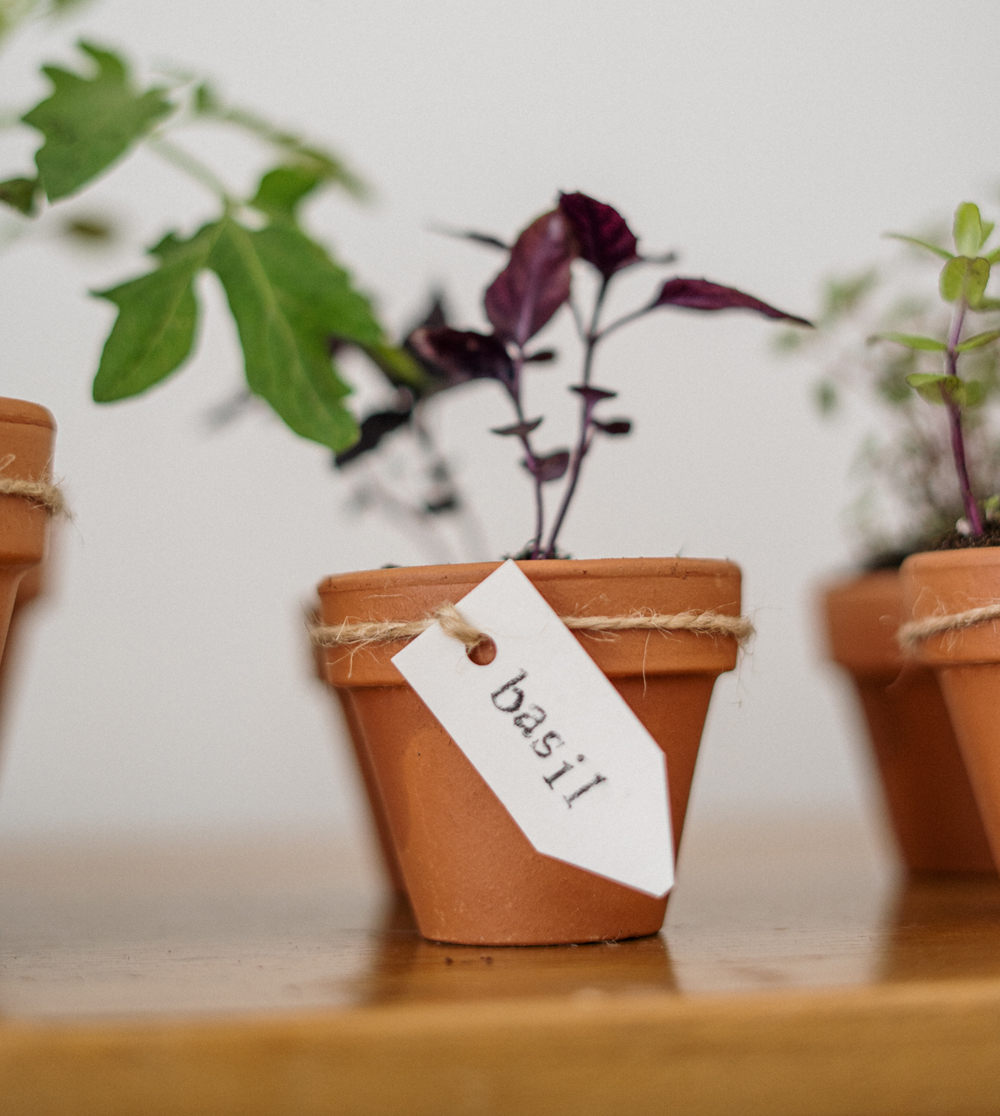
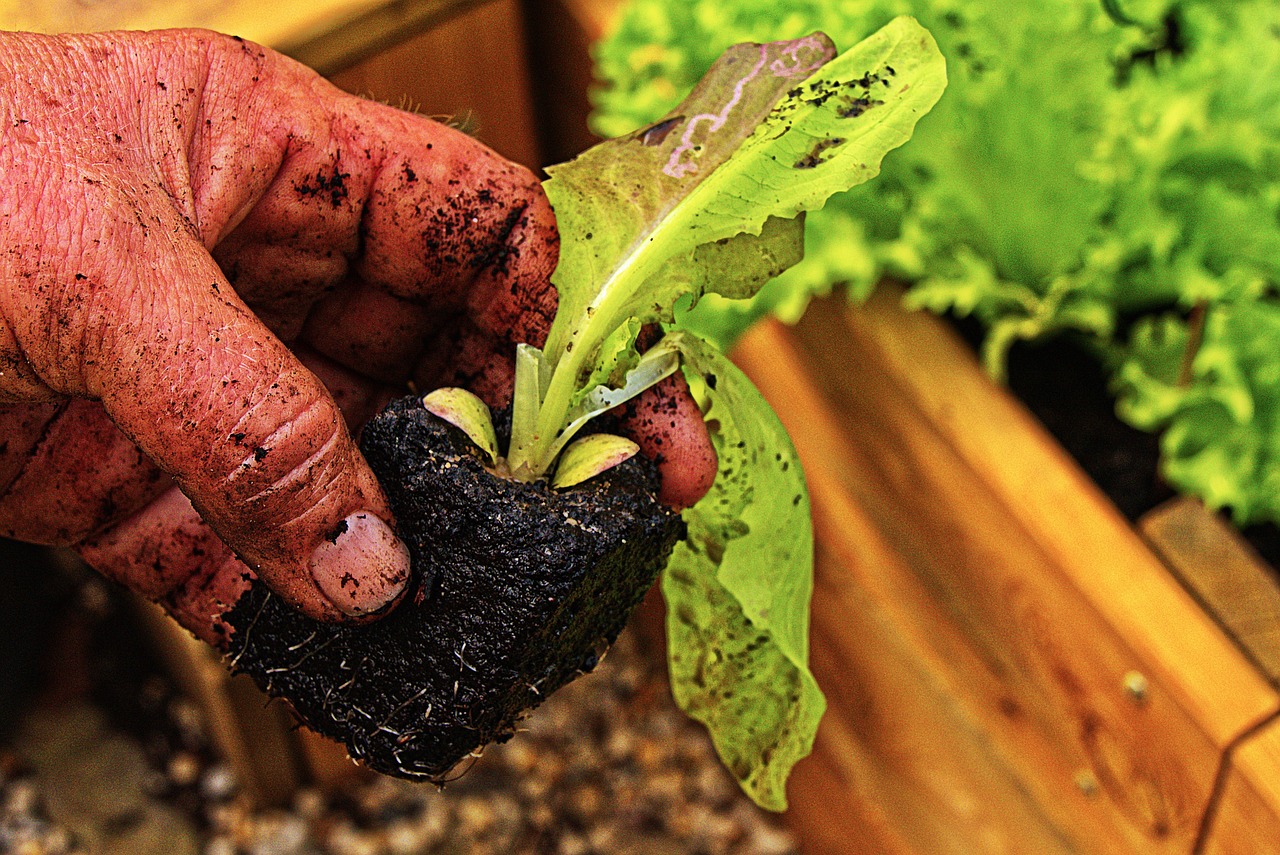
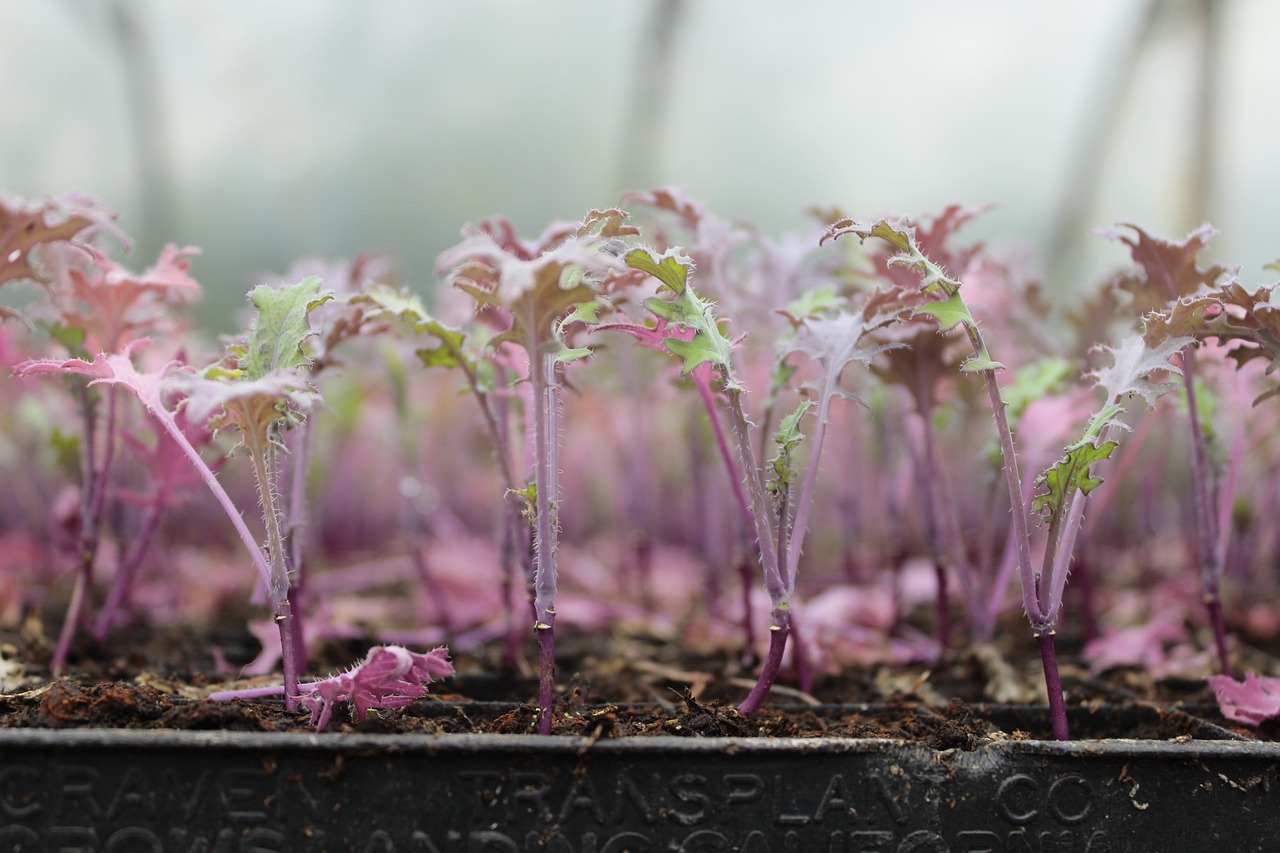
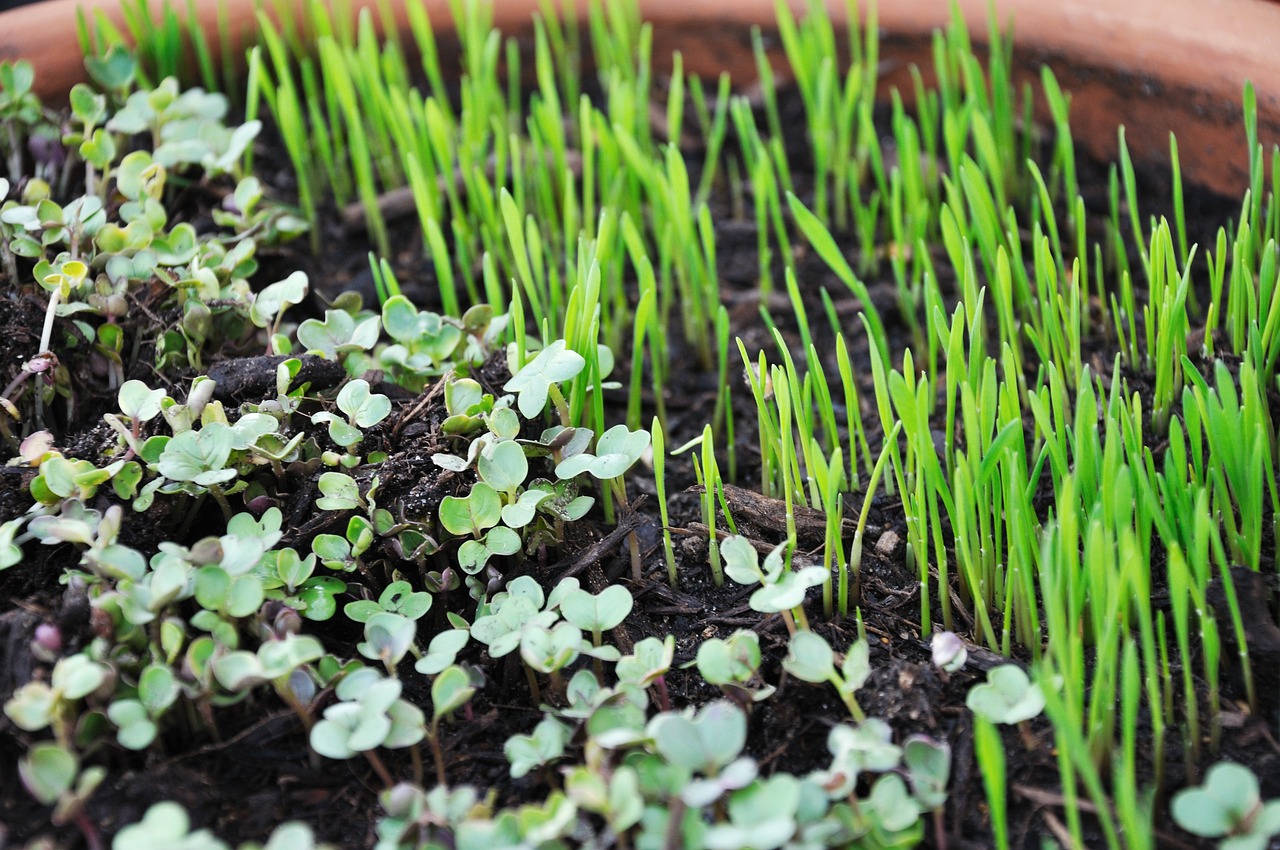
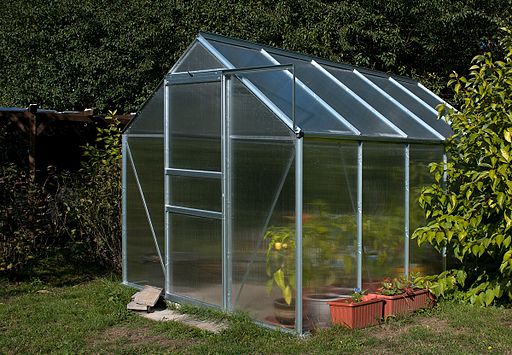
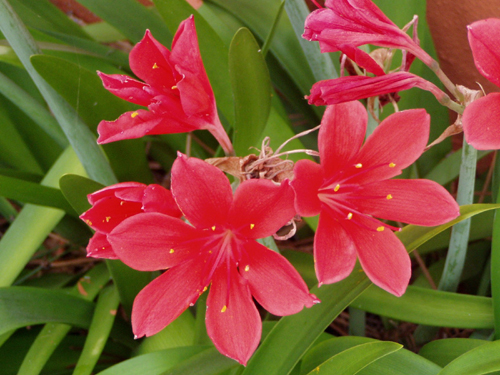

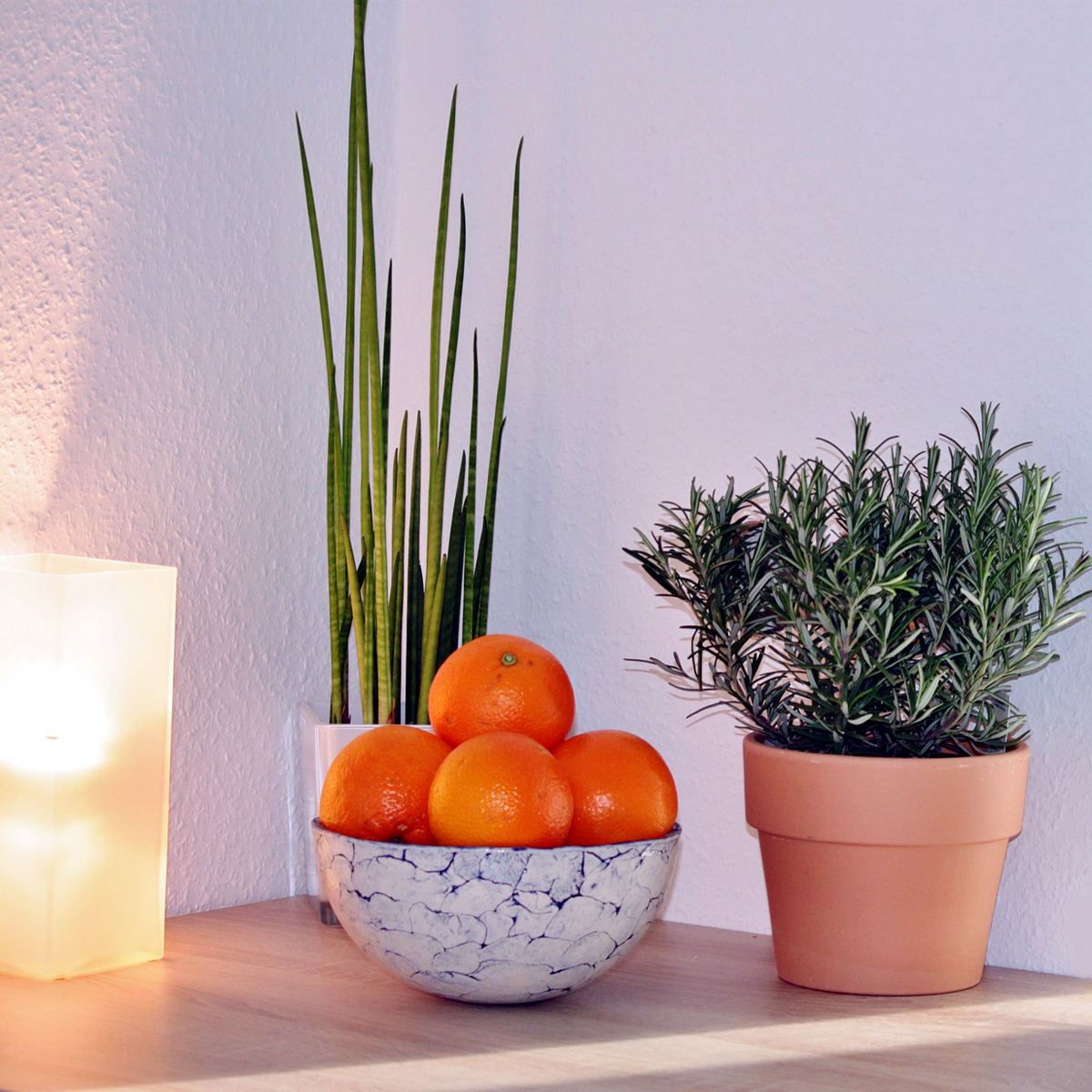
My dad would like to have an irrigation system installed in her backyard because he believes that this will help water the plants evenly. I’m not an expert in this, and that is why it never occurred to me that plants get stressed when water conditions vary too widely. Thank you for also clarifying here that watering will depend on the plant’s type.
That’s a great idea! Installing an irrigation system can definitely help ensure that your plants receive consistent and evenly distributed water. It’s true, plants can become stressed if there are fluctuations in watering conditions, so having a reliable system in place is beneficial. Understanding that different plants have different water requirements is also crucial for their overall health and growth. It’s always a good idea to research the specific watering needs of the plants you have to provide them with the right amount of water. Your dad’s plan to install an irrigation system shows a thoughtful approach to gardening. Good luck with your backyard project!